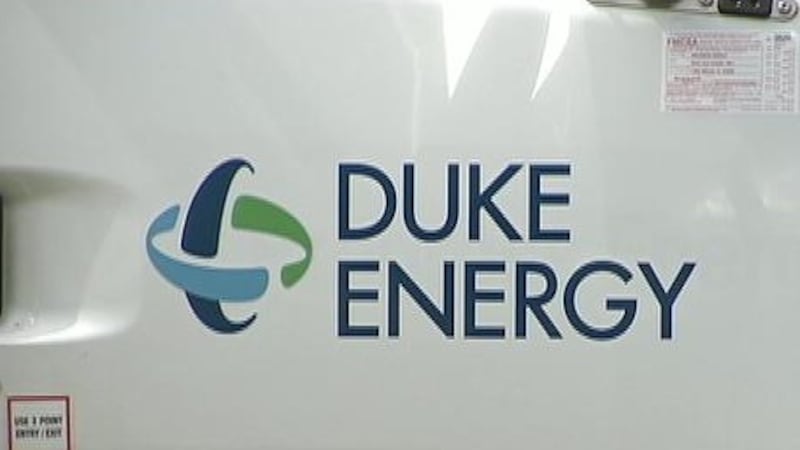ORLANDO, Fla — As the cold weather make its way into Florida many of us will be reaching for our thermostats, but there are ways to stay warm in your home without breaking the bank.
Do you have a consumer complaint or need help from Jeff Deal and Action 9? Click the banner below to submit a tip.
“So, obviously, right now, as we see this cold weather coming in, customers should really think about where their thermostat is at,” said Ana Gibbs with Duke Energy. Gibbs pointed out heating and cooling is the biggest consumer of energy in most homes. While everyone has a different temperature and different bill tolerance, keeping the thermostat as close as possible to the outside temperature is the key to lower bills.
Gibbs told Action 9 Consumer Investigator Jeff Deal, “Let’s say the temperature outside is 40, and you put your thermostat to 70. That heater is going to work extremely hard to get from that 40 degrees and then work, work, work… you know… 30 degrees up to 70.”
That big difference in temperature is why it often costs more to heat your home than it does to run the air conditioner in the summer. Even if it’s 90 degrees outside, it only has to make up 15 degrees to cool your home to 75.
“We just want to make sure our customers understand how they can manage their energy use and then reduce that energy bill to a more comfortable price,” Gibbs added.
‘They didn’t protect my property’: Woman’s car stolen at off-site airport parking lot
She also said, having heating and air conditioning units properly maintained and changing filters will help with efficiency. She recommended keeping your hot water heater to 120 degrees or lower since that’s typically the second biggest user of energy in your home.
During this arctic blast, opening blinds to let the sunlight in during the day and using caulk and weather stripping on doors and windows will help keep the warmth in.
Also, think about wearing warmer clothes inside, using extra blankets, an electric blanket or even a space heater for short periods to keep from having to crank the thermostat way up. It’s also important to turn off or unplug electric heating devices when not using them. Leaving them on will not only cost more money, it can also increase the risk of fire.
If you leave home for the day when it’s cold, it’s also a good idea to turn your thermostat down anywhere from 7 to 10 degrees, then bump it back up to your desired level when you return home.
Different utilities have different programs to help consumers with controlling energy usage and billing issues. Here’s a link to some additional information offered by Duke Energy: www.duke-energy.com/home/billing/seasonal-bills
©2025 Cox Media Group






